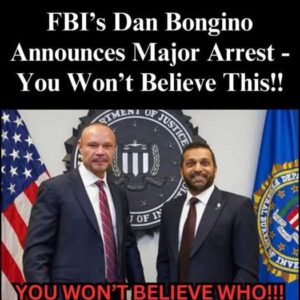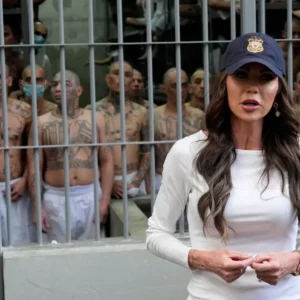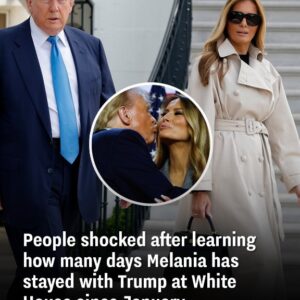The Final Days of Pope Francis
Pope Francis, born Jorge Mario Bergoglio in Buenos Aires in 1936, had endured a series of health challenges over the past year. Following a double pneumonia diagnosis in early March, he spent nearly five weeks in a Rome hospital. Although he briefly returned to the Vatican residence of Casa Santa Marta, a subsequent stroke and cardiac arrest on Easter Monday proved fatal.
Francis’s papacy—marked by an ethos of humility, social justice, and interfaith outreach—captivated Catholic and secular audiences alike. He championed the rights of migrants, climate action, and a church “of and for the poor.” His passing evoked an outpouring of grief unparalleled since the death of Pope John Paul II in 2005.
In accordance with Vatican custom, the late pontiff’s body lay in state in St. Peter’s Basilica for three days, allowing hundreds of thousands of pilgrims to file past the open catafalque. On the morning of April 26, the official funeral rites commenced, drawing a global delegation of heads of state, royalty, and religious leaders.
2. Funeral Preparations and Protocol
Organizing a papal funeral is an exercise in ritual precision. The Vatican’s Office of Liturgical Celebrations manages every detail—from the selection of hymns to the alignment of processional routes. Key elements include:
-
Open Catafalque: The pope’s coffin rests on a raised platform (catafalque), shrouded in white linen. Pilgrims approach in silent reverence to offer prayers.
-
Procession: A solemn cortege moves from St. Peter’s Basilica to Santa Maria Maggiore, with clergy, cardinals, and world leaders in prescribed order.
-
Attire: Black is the traditional color of mourning in Catholic funeral liturgy. Clergy wear choir dress or cassocks; lay attendees—especially dignitaries—are expected to don black suits or dresses.
-
Protocol Briefings: Foreign delegations receive detailed guidance on seating, movement, and permissible gestures. Protocol officers accompany each head of state to ensure compliance.
Despite these meticulous arrangements, the sheer scale of the event—an estimated 400,000 people in attendance—made perfect adherence a logistical challenge. Yet certain high-profile lapses quickly drew attention.
3. The Funeral Procession and Key Moments
Arrival at St. Peter’s Basilica
Shortly after 9 a.m., Vatican flags flew at half-mast. Cardinal electors and bishops conducted the funeral Mass amid the soaring Corinthian columns and Renaissance frescoes of the basilica. The congregation included:
-
U.S. President Donald Trump and First Lady Melania Trump
-
U.K. Prime Minister Sir Keir Starmer
-
Ukrainian President Volodymyr Zelenskyy
-
Irish President Michael D. Higgins
-
Prince William, representing King Charles III
-
Numerous prime ministers, presidents, and monarchs
Requiem Mass Highlights
-
Musical Selections: Choirs performed Gregorian chant and settings by Palestrina and Mozart.
-
Readings: Scriptures emphasizing hope in resurrection and service to the marginalized.
-
Eulogies: Cardinals from different continents shared personal remembrances, noting Francis’s warmth and visionary leadership.
The Procession to Santa Maria Maggiore
For the final interment, the coffin traveled through St. Peter’s Square in a flower-adorned vehicle. Onlookers observed moments of silent prayer and, in some cases, small diplomatic exchanges along the route.
It was during this procession—captured by countless cameras—that many observers noted behaviors they considered at odds with the funeral’s sacred solemnity.
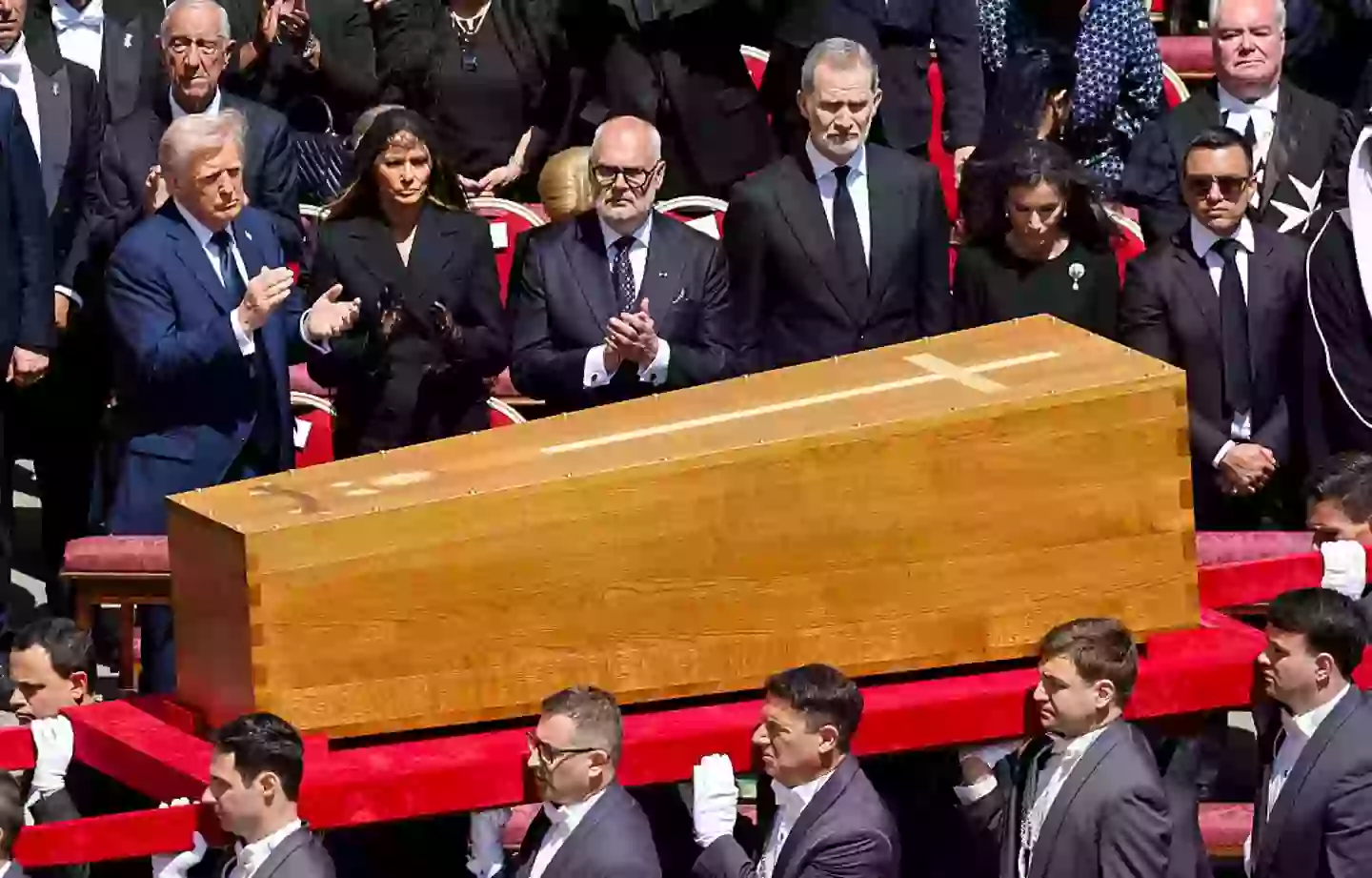
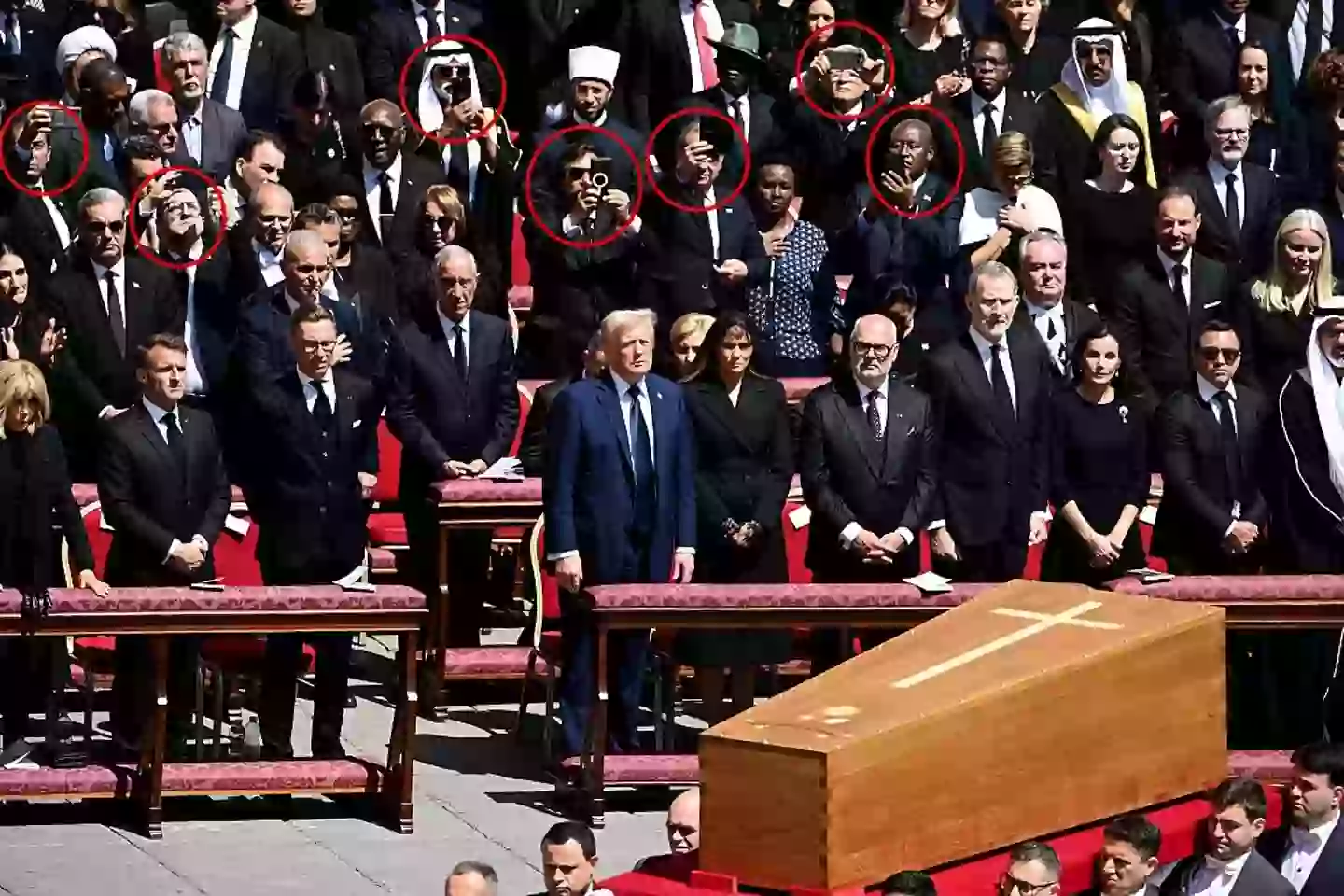
4. Photography and Phone-Use Controversies
A Brazilian Priest’s Selfie
Earlier in the week, images circulated of a Brazilian priest who approached the open catafalque in St. Peter’s Basilica and snapped a selfie with Pope Francis’s body in the background. The act prompted an official Vatican appeal. A spokesperson told The Times:
“Visitors are invited not to take photos. This is a moment of prayer and respect.”
Despite the request, many pilgrims ignored the warning, using smartphones to record the display.
Snapping Photos during the Mass
During the funeral Mass itself, cameras captured multiple attendees—clergy and lay alike—raising phones to photograph the pope’s gilded coffin as it proceeded past the high altar. Among the photo-takers were:

